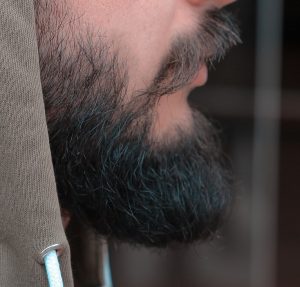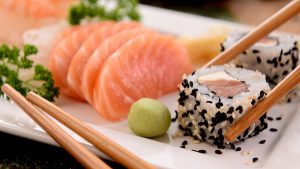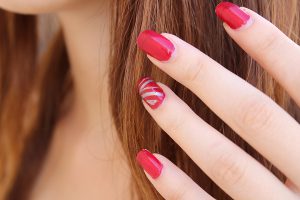 ‘Beards are covered in poop’, ‘Nail polish makes you fat’ and ‘Popularity of sushi has brought rise in parasitic infections’. These are just a selection of the science and health stories that have inaccurately hit our headlines over the past few years.
‘Beards are covered in poop’, ‘Nail polish makes you fat’ and ‘Popularity of sushi has brought rise in parasitic infections’. These are just a selection of the science and health stories that have inaccurately hit our headlines over the past few years.
The truth behind these headlines was that a small sample of men had their beards swabbed and bacteria were found; a study found higher levels of TPHP chemical in women’s urine after nail polish was applied; and the British Medical Journal reported a case of one man in Portugal who got sick after eating sushi.
This week the Science and Media Centre gathered journalists, doctors and scientists – as well as a few media officers and communicators, like me – in a room to try and improve understanding of each other’s roles and, ultimately, avoid the mismatch between what, as a scientist, you would like news coverage of versus what actually ends up being covered in the news.
Scientists attending the ‘Introduction to News Media’ event listed countless examples of long interviews that had been cut down to five-second soundbites or quotes that had made the final story, but had been positioned completely out of context.

Leading science journalists (none of whose headlines are listed above!) argued that they must compete to get their stories airtime or column space, only, once that’s achieved, to then have sub-editors chop them up and remove the carefully written nuances or context.
Like all of us, journalists are busy people – they are expected to write, film, record, upload, self-edit and tweet. In a 24/7 news cycle, deadlines are shorter than ever with editors expecting journalists to source interviewees, film, edit and get on-air TV news bulletins in a couple of hours!
In the no man’s land between scientists and journalists exist press offices and PR agencies.
Our job is to efficiently manage the process of getting the most accurate, newsworthy version of your research paper, service, product or event to the audience that you want to reach in the best way/s possible.
Our job is also to help journalists access and interpret your story, supplying them with statistics, case studies and expert comment to demonstrate how your study/service/event could make a difference to people; how it could impact their readers and listeners.

This means that we might sometimes ask what feel like obvious questions, but we’re simply trying to anticipate what journalists will ask us or identify the “so what?” factor, as one journalist coined it.
Her three top tips for better working between journalists and scientists were:
- Know the “so what?” factor ie. what does this story mean for news readers/listeners? [This is where a good press office or PR agency can help!]
- Speak to us. We’ll only get it right if you do.
- Respond quickly. We’re not trying to be a pain, we just have deadlines.
My take away from the event was that, if we all trust our respective expertise (scientists, journalists and communications professionals), we can consistently achieve the kind of timely, accurate news stories that we all want to be reading, listening to or re-tweeting.
If we don’t, I guess we risk fewer men with beards, fewer women with polished nails and the popularity of sushi plummet.
– Amy Waddell

Comments are closed.